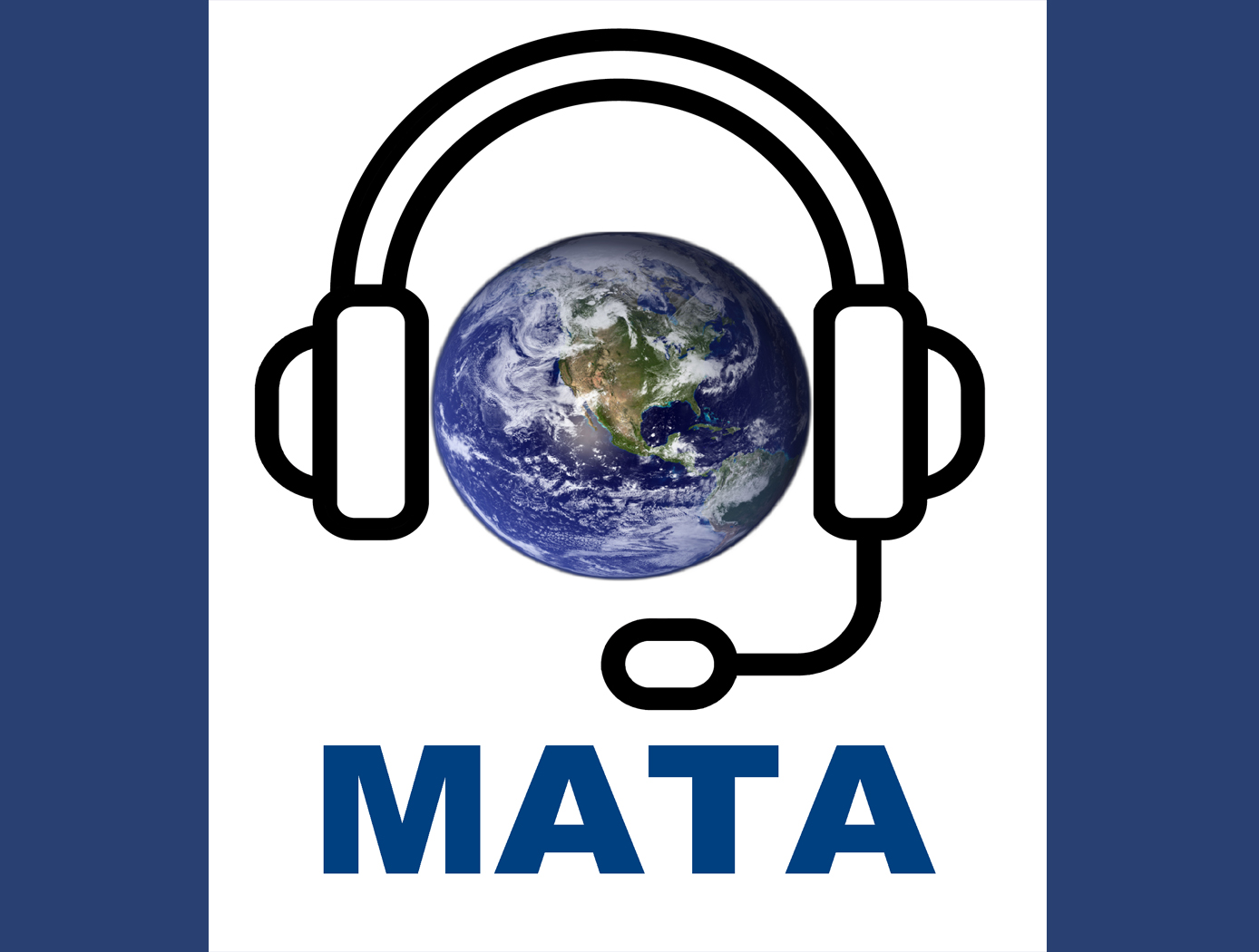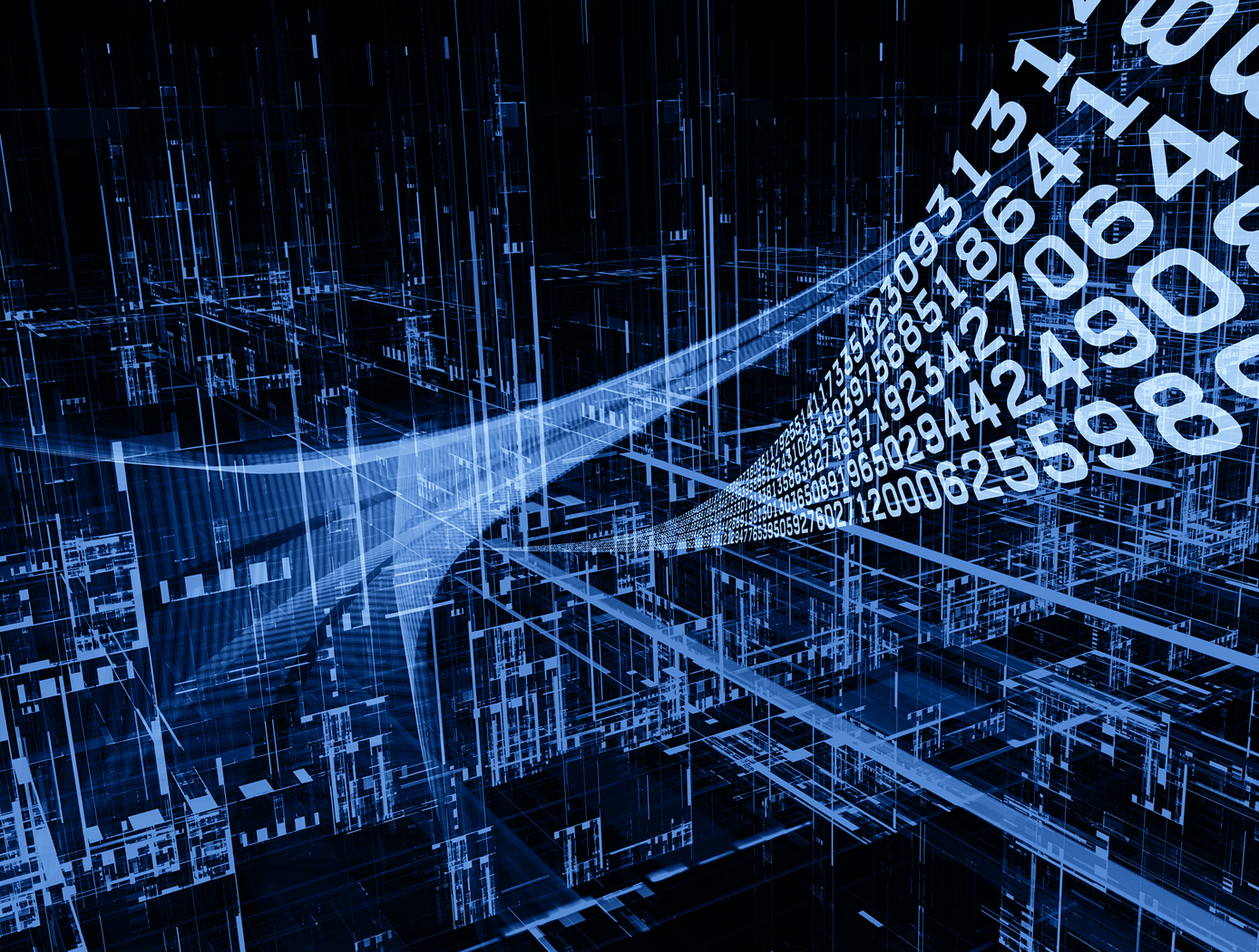Search
aerospace

Universal Data Compiler for Drone, Sensor, and System Data Integration
The Universal Data Compiler (UDC) is a flexible, data-agnostic platform designed to integrate, process, and analyze information from diverse Unmanned Aircraft Systems (UAS). Developed by the Federal Aviation Administration, the UDC seamlessly consolidates data streams from multiple drone types and sensors, offering automatic configuration, priority-driven task execution, and customizable reporting. This innovation enables improved operational coordination, mission planning, and decision-making in complex environments such as emergency response, agriculture, and infrastructure monitoring.
Information Technology and Software

Intelligent Conversational Research Assistant
Previous virtual digital assistants (e.g., Siri®, Google Assistant®, Cortana®, Alexa®, etc.) allow users to speak requests to computers or mobile phones, which then perform speech-to-text recognition and execute web searches based on the content of the user's request. However, such systems cannot provide answers that are geospatially and space-time aware, for example, what the weather was like in San Francisco three days ago. In addition, typical virtual assistants only allow community users to indirectly influence system behavior through their queries.
MATA provides a conversational assistant and associated computing to turn 40 years and hundreds of terabytes of Earth science of NASA Earth science data into usable knowledge. This system engages with users in an integrated, conversational manner using natural language dialogue, and invokes external web services, when appropriate, to obtain information and perform various actions on a variety of satellite and geospatial data to provide spatio-temporally aware answers. MATA is conversational computing, not just a conversational assistant.
Broadly, this technology takes a query, translates that query into to an intent, then that intent invokes the right capability, which in turn invokes the right APIs for computations that take milliseconds. MATA does not simply retrieve an answer from a database, but it intelligently answers a user's question within its specific context.
Information Technology and Software

Centralized Data Management Platform
The technology is an adaptive data management and integration platform designed for disparate data sources. It is built to support multitenancy, manage data governance, handle heterogeneous data formats and advance data democratization using a suite of connected, independent microservices. Each service can be used within an integrated environment, or as a standalone product, with a dedicated set of functionalities, such as metadata management, data versioning, access control, data tagging, link management, and analytics, among others.
The platform includes APIs to query, navigate and analyze complex interconnections between data assets. The invention provides the capability to capture and manage domain knowledge as a graph schema. The microservices architecture provides services for data tagging, managing data ownership, managing data relationships by dynamically associating data assets based on their content, metadata cataloging and handling, data discovery by searching data across domains ingested from various data sources, while tracking the data’s lineage and provenance, and product lifecycle that data assets belong to. Such data management can integrate heterogeneous datasets, facilitating cross-domain Metadata Management Services (MMS), identifying and limiting unconnected data sources and other fragmented data, as well as reducing redundant data sources.



